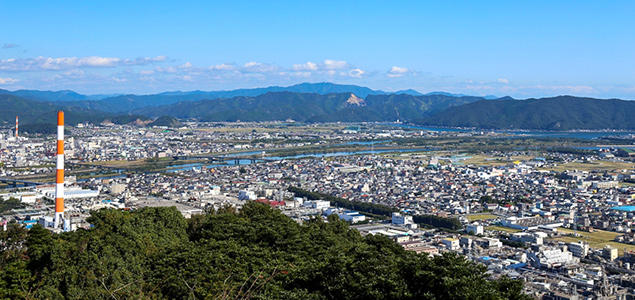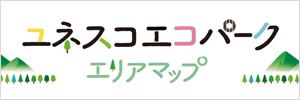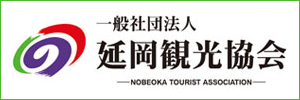本文
Temples, Shrines, Castle Ruins
Nobeoka Castle Ruins and Shiroyama Park
Shiroyama Park features the ruins of Nobeoka Castle, which was built in 1603. The castle consisted of the Honmaru (main castle keep), Ni-no-maru (second castle keep) and San-no-maru (third castle keep) and was a modern castle representing Miyazaki Prefecture.
The entrance gate to the castle, which protects the front gate of the castle was authentically recreated in 1993 based on excavation research and pictorial maps.
One highlight is the “Killer Stone Wall of a Thousand Invaders." This 22 meter high stone wall was constructed in order to prevent enemy invasion from the second castle keep to the main castle keep. It is said, that this wall will collapse and kill 1,000 enemies if a stone from the foundation is removed.
In the middle of the park, a statue of Masataka Naito, the last lord of the Naito Clan, can be found. After the restoration, Naito devoted himself to the development of Nobeoka, by helping to improve education, and bringing electricity from the Hibira Copper Mine he managed.
A bell is located at the top of the hill at Shiroyama Park. This bell was transferred from the Imayama Hachimangu Temple to Shiroyama Park and a bell tower was built in 1878. The hour is still rung by bell keepers today, although the original bell was replaced and is now exhibited at the Naito Memorial Hall. The "Shiroyama Bell Festival" is held on Time Day, June 10th every year.
About 300 cherry trees bloom in the park every spring, which visitors can enjoy illuminated at night during the Hanami (flower viewing) season. Furthermore, over 3,300 wild camellia trees of 108 varieties grow naturally at Shiroyama
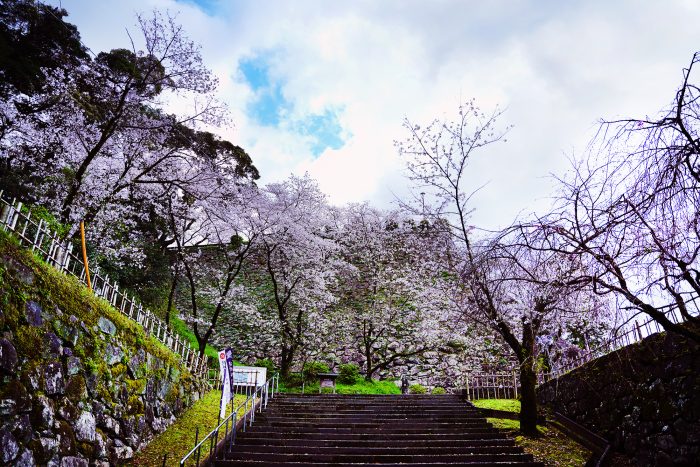
Kobo Daishi Statue and Mount Imayama
On the base of Mount Imayama, Ebisu Shrine, on of Kyushu three great Ebisu shrines is located. On February 10th and 11th, the "Toka Ebisu Festival" is held. (The God Ebisu is believed to be the god of marine life, fishing and prosperous trade.) At this event, Fuku-zasa, treasure shaped bringers of good luck stuck on a sprig of bamboo grass, and Fuku-dawara, miniature straw rice bags, are sold. People buy them to pray for prosperous trade and safe voyages. A ritual to burn old Fuku-zasa and Fuku-dawara is also hold. On Mount Imayama stands Japan's tallest statue of the Buddhist monk Kobo Daishi along with Nobeoka's oldest Buddhist temple, Imayama Hachimangu, which was built in the year 717. Nobeoka Daishi Festival is held for three days in April and is one of the biggest spring festivals in Kyushu. On the last day of the festival the feudal lord's parade is held. The festival is held on a Friday through Sunday in April.

Access
ApproximaTely a 10 minutes walk from JR Nobeoka Station to Mount Imayama. It is possible to drive halfway up Mount Imayama by car.
Honto Temple
There are 50 white plum trees and 5 pink ones at Honto Temple. They are called "Enichibai." The white weeping plum tree, which is 200 years old and stands in front of the main building, is particularly brilliant. A plum-blossom viewing event is held early in February every year.
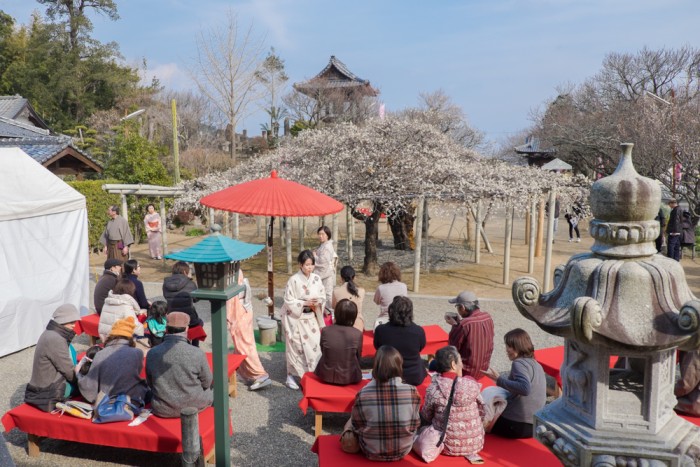
Access
Approximately 10 minutes by car from JR Nobeoka Station.


